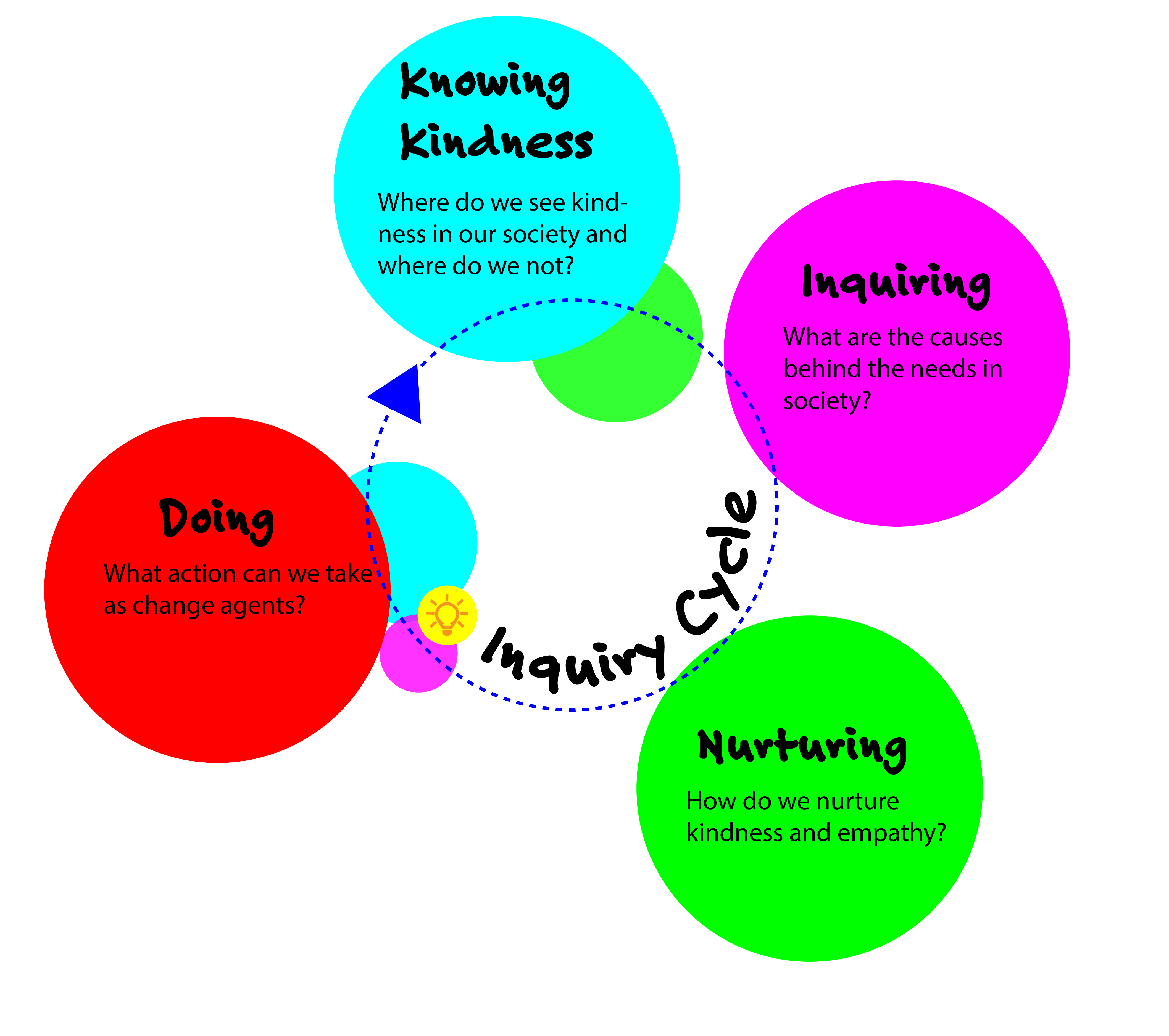
<<Return to About/Register page
#GKP19 Is May 6-31, 2019
[su_row]
[su_column size=”1/3″]
How-To
First, Register. Click here:
[su_button url=”https://theeducatorcollaborative.com/global-kind-project/#register” style=”bubbles” background=”#fff82b” color=”#000000″ size=”6″ center=”yes” icon=”icon: bullseye” icon_color=”#000000″ text_shadow=”0px 0px 0px #dddddd”]Register[/su_button]
Beginning in May, we will email you updates and tips each week.
Join for four weeks (or self-guide your own four at a later time).
Use the Global Kind Project Pacing Guide to plan each week:
- Study Together: find your own or choose from weekly texts, videos, and resources to inquire with your classroom
- Reflect and Wonder: exploration questions and activities support investigation more deeply
- Connect with Others: connect with classrooms near and far over blogs, email, social media, or even video conference
- Share and Grow: share, question, reflect and celebrate with others
Connect with other educators through social media! Use #GKP19!
[/su_column]
[su_column size=”2/3″]

[/su_column]
[/su_row]
[table id=1 responsive=scroll /]
*Disclaimer: Before connecting with another classroom, be sure your school/district’s policies support videoconferencing or other means of classroom to classroom sharing of student work, likenesses, and/or other information. “The Educator Collaborative,” “Global Kind Project,” and related logos are trademarks of The Educator Collaborative, LLC. Resources for the Global Kind Project are curated by educators, The Educator Collaborative does not claim ownership of any specific resource unless explicitly stated, all resources are posted via links freely available online. If you are copyright owner of information contained within a third party link, please first contact that third party. By participating in the Global Kind Project, you agree to be solely responsible for the methods, means, and resources you select and employ, you agree to secure in advance any required permissions or waivers necessary for student involvement, you agree you will directly oversee any student involvement and ensure it meets all applicable district, local, and federal laws and regulations, including privacy and fair use, and you agree to indemnify and hold harmless The Educator Collaborative, LLC, its members, managers, staff, and assignees from all claims arising from your involvement.